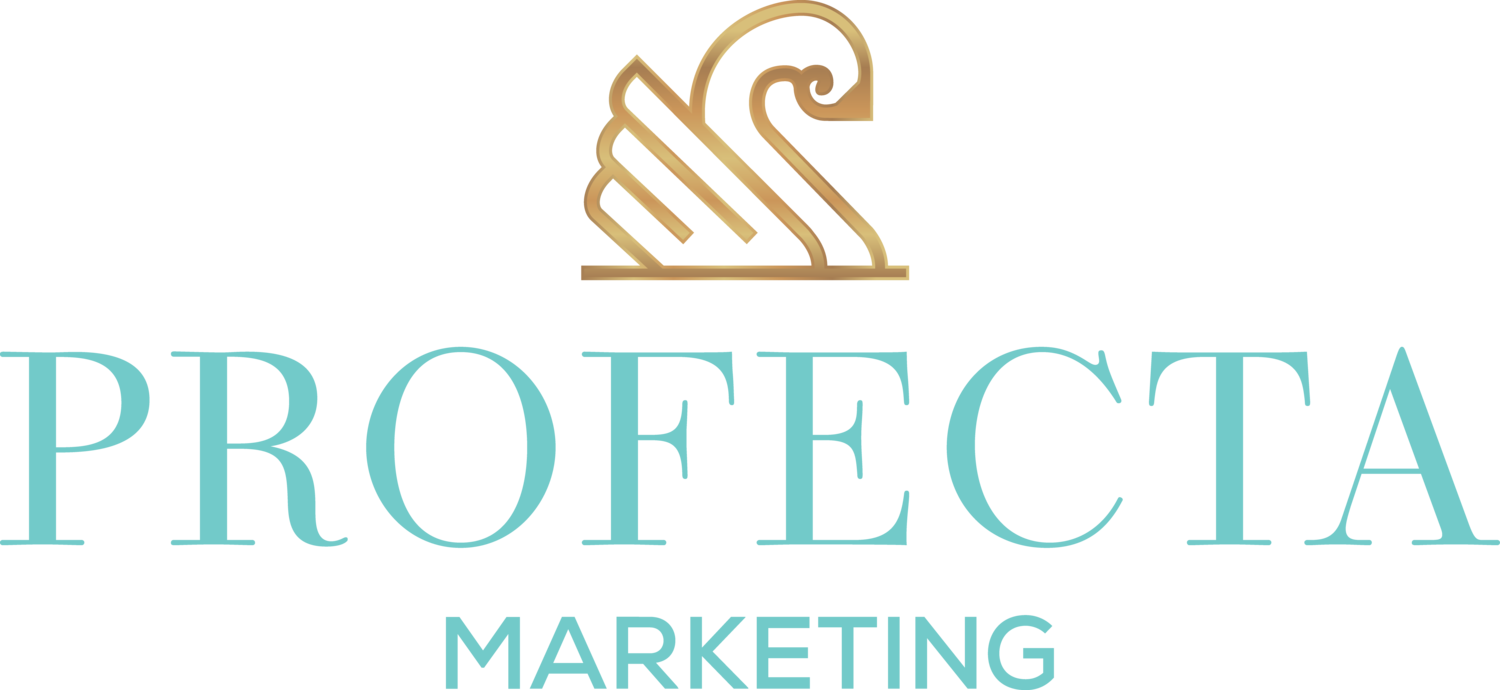What is an SSL Certificate?
An SSL certificate is a security measure websites take to encrypt (meaning to conceal using codes) the links between server and client. This is done to ensure that the connection between a website or browser and a mail server is private. SSL stands for Secure Sockets Layer, as this security protocol means no one besides the mail client and the website can access the information you share with a site.
Here’s a real-world example. Say you were to subscribe to a monthly newsletter from Harvard Business Review, or you signed up for a rewards program with Target, Walgreens or Nike. When the websites where you enter your personal information for these subscriptions have an SSL certificate, your information stays between you and the site you shared it with.
Do I need it for my website?
If you run a business, then you likely have a website. You may have been deliberating over whether or not you should invest in an SSL certificate. Does your site really need it?
The short answer is yes.
Here’s why:
1. As of July 2018, Google has started penalizing websites that do not have the SSL certificate. Without it, your website will be marked as not secure in the URL. Additionally, Google will begin intervening with a warning page, informing website visitors that their connection when visiting your site is not private or secure.
Effects: While internet users and consumers can technically bypass the security warnings if they choose, they’ll probably be less inclined to visit your site with these visible warnings, worrying (rightfully so) that their private information won’t be protected.
2. In addition to warning pages and URLs, Google has started de-ranking sites that are not secure. This means that your website’s positioning will be shifted to a lower and less visible position on all search engines. Even if your site’s keywords and content are what an internet user is searching for, your positioning will drop significantly from the top.
Effects: Search engines are incredibly helpful for optimizing website traffic. However, positioning in these search engines is extremely important. People tend to only look at the first page of results from a search, which may be only the first 5 or 6 links listed. If your site ends up being thrown onto page 3, it will be hugely detrimental to your website traffic. Regardless of how relevant your material is, Google can still penalize you for not having your SSL certificate.
3. Last, but certainly not least, an SSL certificate is important for your website because it increases security! If you believe you should invest in one simply to avoid Google’s slap on the wrist, we urge you to consider the security benefits of SSLs as well. Without one, private information on anything from a check-out page for making purchases to a simple contact form is at a greater risk of being accessed.
Effects: Protecting your viewers’ sensitive information and warding off cybercriminals goes a long way! Cyber-attacks, bad actors, and other malicious internet threats are a growing concern. Protecting your online business and internet assets is crucial for not only your site’s safety, but also for its reputation. With SSL certificates, people can see a trusted encryption is in use, giving your website a sense of credibility.
Always remember that building trust and brand power helps your business reach its full potential! When you think this way, it makes potentially tough business decisions much easier to make.
Heather. (2018, July 28). This is Why You Need SSL by July 2018 – Google Changes | WordXpress. Retrieved from https://wordx.press/why-you-need-ssl-by-july-2018-google-changes/
Hitadmin. (2018, June 11). Trusted SSL Certificate: Why your website needs it before July 2018. Retrieved from https://hyperspaceit.com/hit-blog/ssl-certificate-why-your-website-needs-before-july/
Sharma, T. (2018, June 18). Why Google is Forcing You To Have SSL Certificate on Your Websites. Retrieved from https://serverguy.com/security/google-forcing-ssl-certificate-websites/

